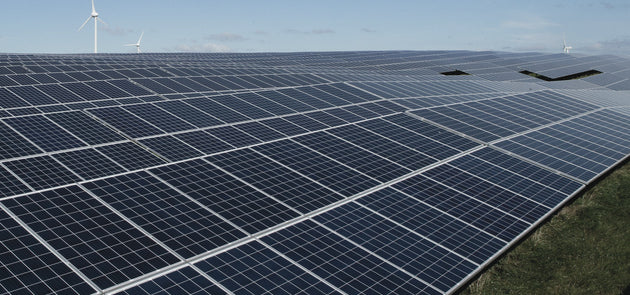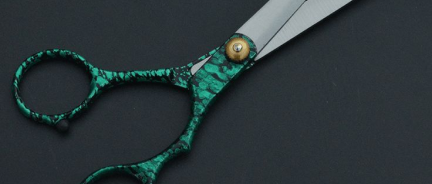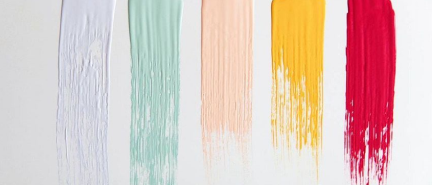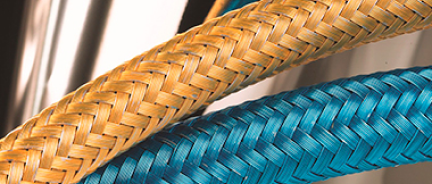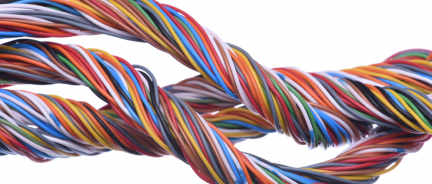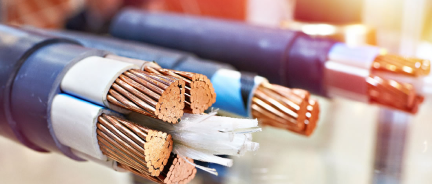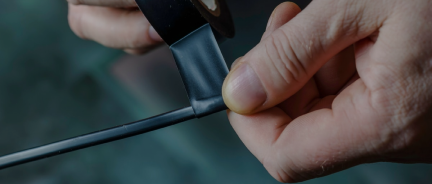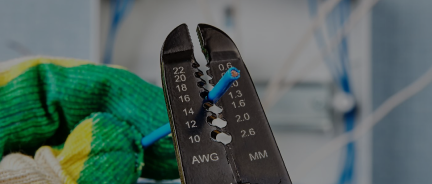A Guide to MC Cable Connectors
MC cable connectors fasten metal-clad cable to boxes or panels for a secure and grounded connection. MC cables really need a high-quality connector as they constantly need to support the grounding path and are often used in tough conditions. In this guide, we discuss the standard MC cable connectors to help you make the best choice for your electrical application.
Types of MC Cable Connectors and Their Use Cases
1. Set-Screw Connectors
-
Mechanism: Use one or more screws to clamp down onto the armor of the MC cable.
-
Material: Zinc, steel, or die-cast metal.
-
Cable Size Range: 3/8" to 2" trade sizes.
-
Use Case: General-purpose commercial and residential installations.
-
Practical Example: Connecting 12/2 MC cable to a junction box in a retail store's lighting system.
2. Compression Connectors
-
Mechanism: Use a tightening compression nut to secure the connector to the MC armor.
-
Material: Zinc or steel.
-
Cable Size Range: 1/2" to 2".
-
Use Case: Areas where vibration is present or a tighter seal is needed.
-
Practical Example: Used in manufacturing facilities where equipment vibrations could loosen set screws.
3. Snap-In Connectors
-
Mechanism: Toolless installation with a spring-tensioned clip that snaps into place.
-
Material: Zinc or composite metal.
-
Cable Size Range: Typically 3/8" and 1/2".
-
Use Case: Quick installs in pre-punched or prefab panels and boxes.
-
Practical Example: Used in large apartment complexes where electricians need to complete rough-ins quickly across many units.
4. Right-Angle (90°) Connectors
-
Mechanism: Available in set-screw, compression, or snap-in styles but with a 90° angled body.
-
Material: Zinc or steel.
-
Cable Size Range: 3/8" to 2".
-
Use Case: Tight space installations where straight connectors would not fit.
-
Practical Example: Routing MC cable in ceiling joists or behind appliances.
5. Duplex (Double) Connectors
-
Mechanism: Accommodate two MC cables through a single fitting.
-
Material: Zinc die-cast or steel.
-
Cable Size Range: Usually for 3/8" or 1/2" cables.
-
Use Case: When two circuits need to enter a box through one knockout.
-
Practical Example: Dual-lighting circuits entering a switch box in a commercial space.
6. Insulated Throat Connectors
-
Mechanism: This can be any style (set-screw, compression, etc.) with a smooth plastic insert to protect conductors.
-
Material: Zinc or steel with thermoplastic throat.
-
Cable Size Range: 3/8" to 2".
-
Use Case: Where conductor insulation must be protected from sharp metal edges.
-
Practical Example: Data centers or office spaces with sensitive low-voltage wiring.
7. Armored Grounding Bushings
-
Mechanism: Added connectors to provide grounding continuity with bonding screws.
-
Material: Aluminum or galvanized steel.
-
Cable Size Range: For use with MC cables up to 4/0.
-
Use Case: MC cables without integral ground where separate bonding is required.
-
Practical Example: Commonly installed in hospitals and labs to comply with NEC 250.118 and 517.13, which require continuous grounding paths for patient care areas.
8. Liquidtight MC Connectors
-
Mechanism: Sealed compression or gland-type connectors with gaskets and O-rings.
-
Material: Nickel-plated brass, zinc, or stainless steel.
-
Cable Size Range: 1/2" to 2".
-
Use Case: Wet or outdoor environments to prevent moisture ingress.
-
Practical Example: Rooftop HVAC units or outdoor lighting connections.
9. PVC-Coated MC Connectors
-
Mechanism: Compression-style with a bonded PVC jacket to resist corrosion.
-
Material: Steel or zinc with PVC coating.
-
Cable Size Range: 1/2" to 2".
-
Use Case: Harsh or corrosive environments like marines.
-
Practical Example: MC cable termination in a wastewater treatment facility.
10. EMT/MC Combination Connectors
-
Mechanism: Dual-function connector that fits both MC cable and EMT conduit.
-
Material: Zinc or steel.
-
Cable Size Range: 1/2" to 1-1/4".
-
Use Case: Hybrid installations using both EMT and MC.
-
Practical Example: Industrial setting with EMT in exposed runs and MC cable in walls.
11. MC-PCS Luminary Cable Connectors
-
Mechanism: Designed to accommodate both power and low-voltage control wires in MC-PCS cable.
-
Material: Zinc alloy or steel with smooth or oversized throats.
-
Cable Size Range: 3/8" to 1/2".
-
Use Case: LED lighting and control systems with 0–10V dimming circuits.
-
Practical Example: Lighting controls in commercial buildings using smart or sensor-controlled luminaires.
Choosing The Right Size Of MC Cable Connectors
-
Check the MC cable’s OD (outer diameter)—usually listed in the spec sheet.
-
Match it to the connector size range—connectors are labeled with a range of diameters they accommodate.
Here is the rough guide for MC Cable connector sizing:
How to Choose an MC Cable Connector
Check the cable size
-
Match the outer diameter (OD) of your MC cable to the connector’s rated range (e.g., 3/8", 1/2", etc.).
-
For example, a 12/2 MC cable has an OD of around 0.45 inches, perfect for a 1/2" MC connector.
Identify the cable type and special requirements
-
Is it standard MC, MC-PCS, MC-HL, or another variant? Choose a connector designed specifically for that type:
-
MC-PCS requires smooth-throated connectors for signal/power separation
-
MC-HL needs explosion-proof, hazardous-location-rated fittings
-
HCF MC may require bonding bushings for redundant grounding.
-
If this is just a regular MC cable, you can select from a broad range of available connectors discussed in this post.
Match the connector to the environment
-
Use liquid-tight or PVC-coated connectors in environments exposed to moisture, salt spray, or chemicals—such as rooftops or coastal buildings.
Account for routing and space limitations
-
Use 90° right-angle connectors when routing cables around corners, behind equipment, or in low-clearance ceilings.
Choose your connection method
-
Decide between set-screw (quick, standard), compression (more secure), or snap-in (tool-less, fast install).
-
Verify compatibility with conductor material
-
Make sure the connector is rated for copper, aluminum, or both, especially if your cable uses aluminum conductors.
Select the proper connector material depending on the application
-
Use zinc or die-cast for general use, stainless steel for corrosion resistance, and brass or explosion-proof alloys for where MC-HL cable will be used.
Ensure NEC and UL compliance
-
Verify the connector is UL-listed for MC cable and meets applicable NEC requirements (e.g., NEC Article 330, NEC 501.10 for MC-HL).
Protect conductor insulation where needed
-
Select insulated throat connectors for sensitive electronics or control systems to prevent abrasion or damage to conductor insulation during pulls or terminations.
Nassau National Cable offers an extensive catalog of MC cables, including standard aluminum MC, copper MC, HCF MC, and MC-HL options for residential, commercial, and industrial use. You can also find the right connectors for each type of MC cable at our store.





